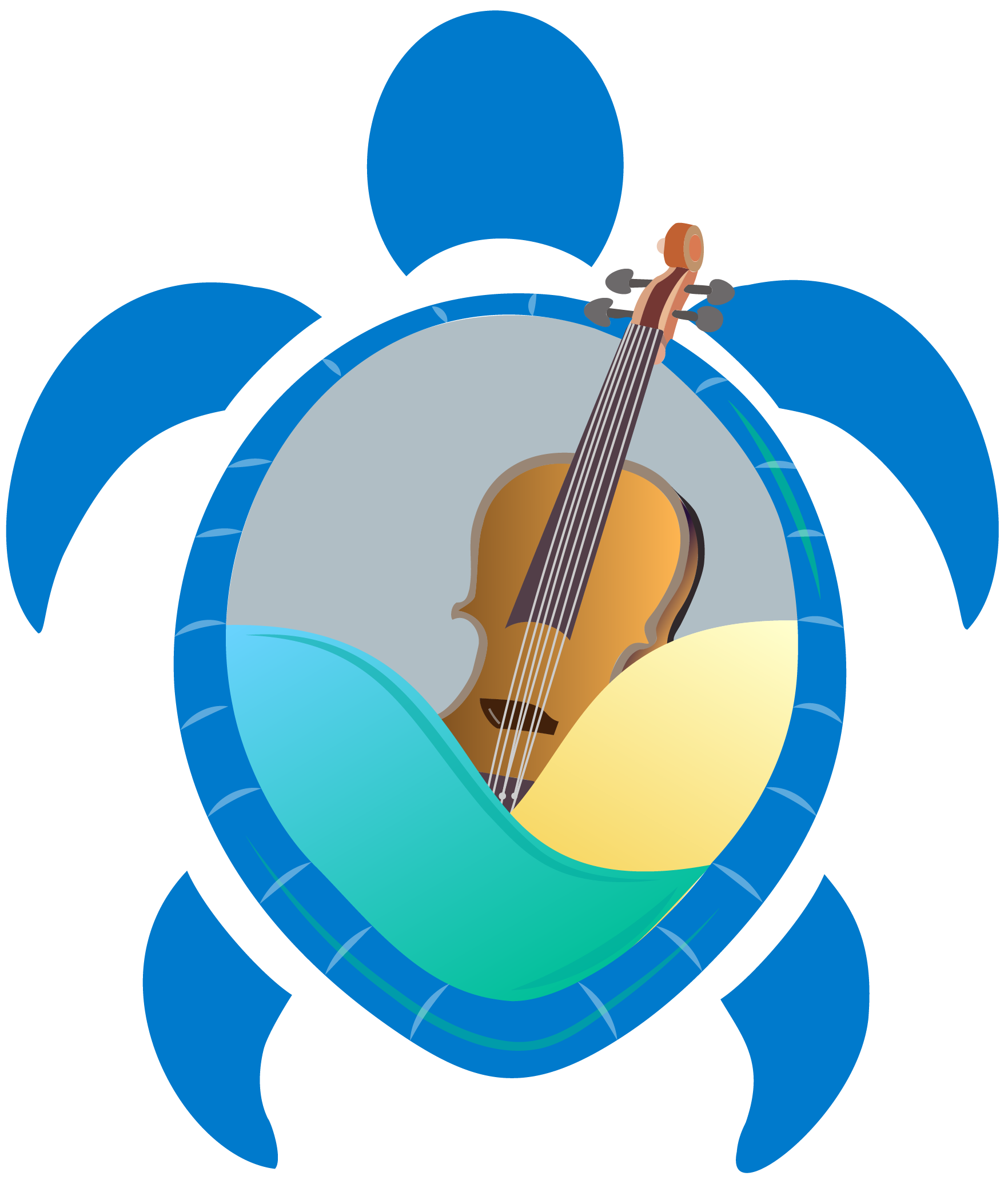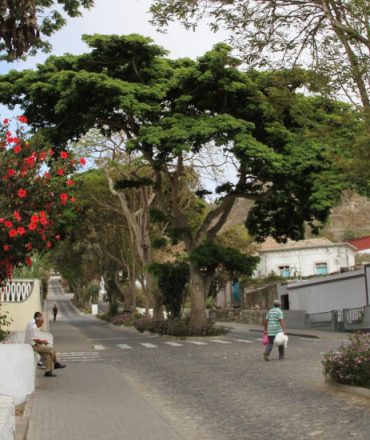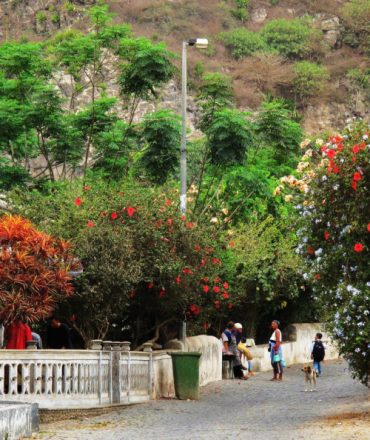Hey there, adventure seeker! Ready to embark on a journey to one of Cape Verde’s best-kept secrets? Buckle up, because we’re about to take you on a virtual tour of Brava Island, courtesy of your friends at Sodade Tours. Trust us, by the time you’re done reading this, you’ll be itching to pack your bags and set sail for this enchanting slice of paradise!
Elevated to National Heritage status in 2013, Nova Sintra is the seat of the municipality and the largest urban centre on the island. But the town, with just over 7,000 inhabitants, retains the traces and rhythm of its colonial past. It is ...




